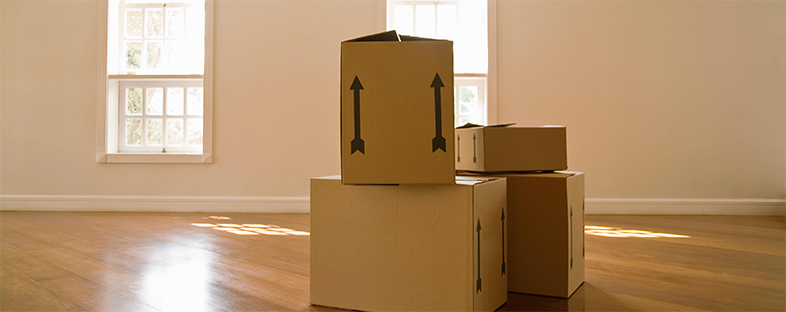
Packing Moving Boxes – How Hard Can That Be?
One of the projects when preparing your home for sale will likely be packing moving boxes. Even if you are only packing items away while decluttering, you’ll want to do it right the first time. It seems like a lot of work even though it’s simply putting items in a box and taping it up, right? Wrong.
There is an art and process to packing for a move properly and ensuring that everything arrives in the same condition as when it was packed. A scientific approach to packing can make your pack and unpack experience as easy and efficient. Here are a few tips, some advice and smart moving hacks to consider:
Declutter unnecessary items for a lighter move.
I know, I covered decluttering tips in previous blogs but it is worth repeating. One of the most crucial packing tips for moving is making sure you don’t move anything that you no longer need. Do a thorough walkthrough of your home and declutter as you organize.
Get organized and pack things up by room in advance.
Once your home has been successfully decluttered, create boxes labeled with individual rooms. Consider creating an inventory of the belongings going into each box. An inventory will help you quickly locate items as you need them. And (for instance), if the items from your current den are going to be placed in your new guest room, label your box with the intended room, not the current room. This will make your unpacking much easier. You will find that you’ll be able to pack decorative items well in advance of your move since you don’t actually utilize those items. Toiletries, on the other hand, might be some of the last things you pack.
Start the packing process well in advance of your scheduled moving day. The more time you spend packing and organizing ahead of time, the less work you’ll leave for yourself at the last minute. And, you will greatly reduce your stress and potential mistakes.
Packing Your Moving Boxes.
Pack heavy belongings in smaller boxes. It is much easier to pick up a small 50-pound box than a large one. Large boxes tend to be awkward to carry and difficult to pack into a moving truck.
Our next piece of advice when it comes to packing moving boxes is this: never risk it. If you have a valuable item that you are worried about damaging, don’t give it a second thought—protect it. Put bubble wrap, blankets or packing paper around it to protect it from the hustle and bustle. And, quick side note: pack your dishes vertically, it reduces the risk of them breaking. Consider having a professional pack your belongings, or at least your breakables.
Invest in quality moving boxes.
A mistake many people make when moving is trying to cram all of their belongings into a few cardboard boxes they have around the house. Use as many boxes as you need to create easy-to-lift loads.
Remember to keep an eye on your box weight. It is a good rule of thumb to keep your largest boxes to no more than 50 pounds.
Don’t use boxes from grocery or liquor stores if you plan on storing items. These boxes can be infested with unwanted pests. It’s best to use quality moving boxes to ensure they are sturdy and won’t fall apart mid-move including: Wardrobe boxes for clothing, Dish Pack boxes for dishes, glasses and china, Mirror Pack boxes for mirrors and wall art and small, medium and large moving boxes for other items.Hint: if you’re moving locally, ask your moving company if they’ll lend you moving boxes for the day of the move.
Label everything and take photos of electronics.
As you pack, be sure to stay as organized as possible. Here are some simple packing tips to keep in mind as you get everything together:
- Package screws and bolts from furniture into ziplock bags and label them.
- Code moving boxes by room and pack and unload one code at a time.
- Label moving boxes on the top and side for an easier view as opposed to on the top flap only.
- Take a photo of how cables and wires are connected to your electronics to reduce time and confusion when setting them up in your new home.
And to make the packing process as easy as possible ask for help from an expert! It’s likely to save you time, stress, and money in the long term. Contact us today for a consultation.